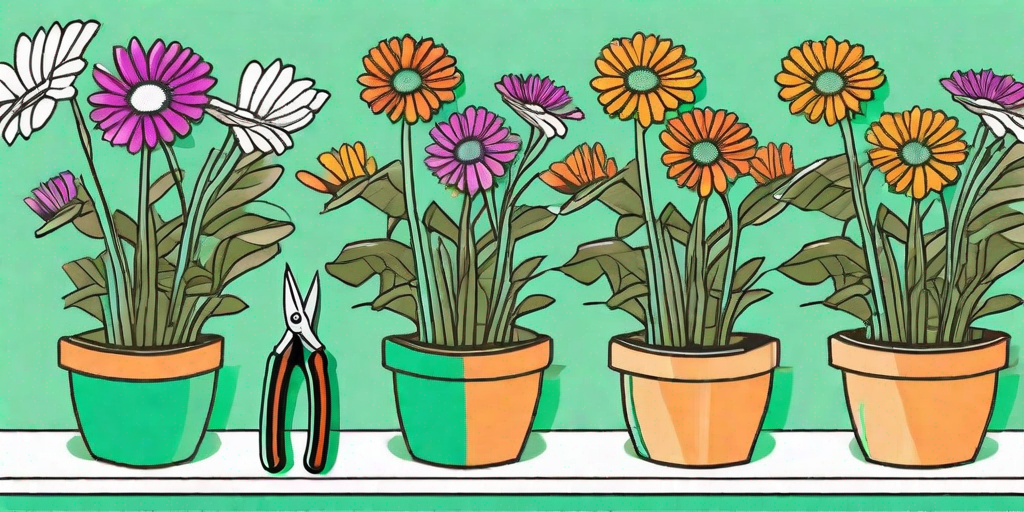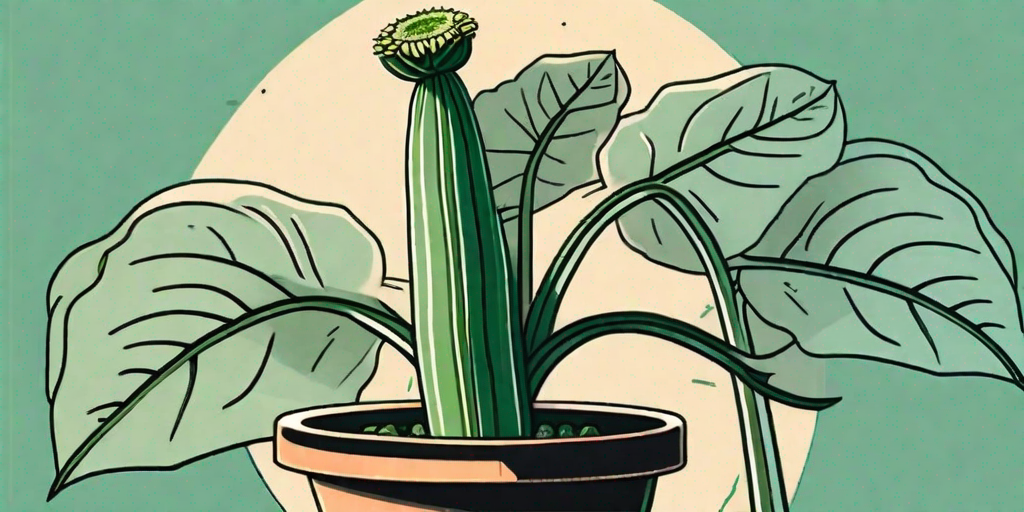
In the vast world of flora, there exists a gem that often goes unnoticed. A flower that, despite its modest size, holds a beauty so profound it could make a rose blush. Ladies and gentlemen, meet the Dianthus.
Introduction to Dianthus
Also known as "pinks," not because of their color, but due to the fringed edges that appear as if they were cut with pinking shears, Dianthus is a genus of about 300 species of flowering plants. They are native to Europe and Asia, but their charm has spread across the globe.
The name 'Dianthus' is derived from the Greek words 'dios' (god) and 'anthos' (flower), literally translating to 'flower of the gods'. And, once you witness its beauty, you'll understand why it's worthy of such a divine title.
Types of Dianthus
There are several types of Dianthus, each with its own unique charm. The most popular ones include Dianthus caryophyllus (Carnation), Dianthus barbatus (Sweet William), and Dianthus deltoides (Maiden Pink).
While Carnations are often associated with Mother's Day and are a favorite in bouquets, Sweet William is a garden classic with clusters of small, colorful flowers. Maiden Pink, on the other hand, is a low-growing variety that's perfect for rock gardens.
How to Grow Dianthus
Now that you're acquainted with the Dianthus, you might be wondering how to grow these divine beauties. Well, you're in luck because Dianthus is as easy to grow as it is charming.
Whether you're a seasoned gardener or a novice, these flowers will not give you a hard time. They're the perfect plant to grow if you're looking to add a splash of color to your garden without the fuss.
Choosing the Right Spot
Dianthus loves the sun. So, choose a spot in your garden that gets at least six hours of sunlight each day.
They also prefer well-drained soil. So, if your garden tends to hold water, consider growing Dianthus in raised beds or containers.
Planting the Dianthus
Once you've chosen the right spot, it's time to plant your Dianthus. You can start them from seeds, cuttings, or buy young plants from a nursery.
Plant them about 12 inches apart to give them enough room to grow. Water them thoroughly after planting and keep the soil moist until they're established.
Caring for Your Dianthus
Once your Dianthus is planted and settled in its new home, it's time to learn how to care for it. But don't worry, it's not rocket science.
With a little love and care, your Dianthus will reward you with a vibrant display of flowers.
Watering and Fertilizing
Dianthus doesn't like to be waterlogged. So, water them only when the top inch of soil feels dry to the touch.
As for fertilizing, a slow-release granular fertilizer in the spring should do the trick.
Pruning and Deadheading
Pruning isn't necessary for Dianthus. However, deadheading (removing spent flowers) encourages more blooms.
So, if you want a continuous display of flowers, get in the habit of deadheading your Dianthus.
FAQs
Are Dianthus perennials?
Yes, most Dianthus are perennials. However, some varieties are biennials or annuals.
Do Dianthus attract bees?
Yes, Dianthus flowers are known to attract bees and butterflies, making them a great addition to a pollinator garden.
Are Dianthus deer resistant?
Yes, Dianthus are deer resistant. So, if you have a deer problem in your garden, Dianthus might be the solution.
Conclusion
There you have it, a comprehensive guide to unleashing the beauty of Dianthus. With their vibrant colors, delightful fragrance, and easy care, they're the perfect addition to any garden.
So, why not embark on a floral journey and brighten your day with these divine beauties? After all, who wouldn't want a garden filled with 'flowers of the gods'?















